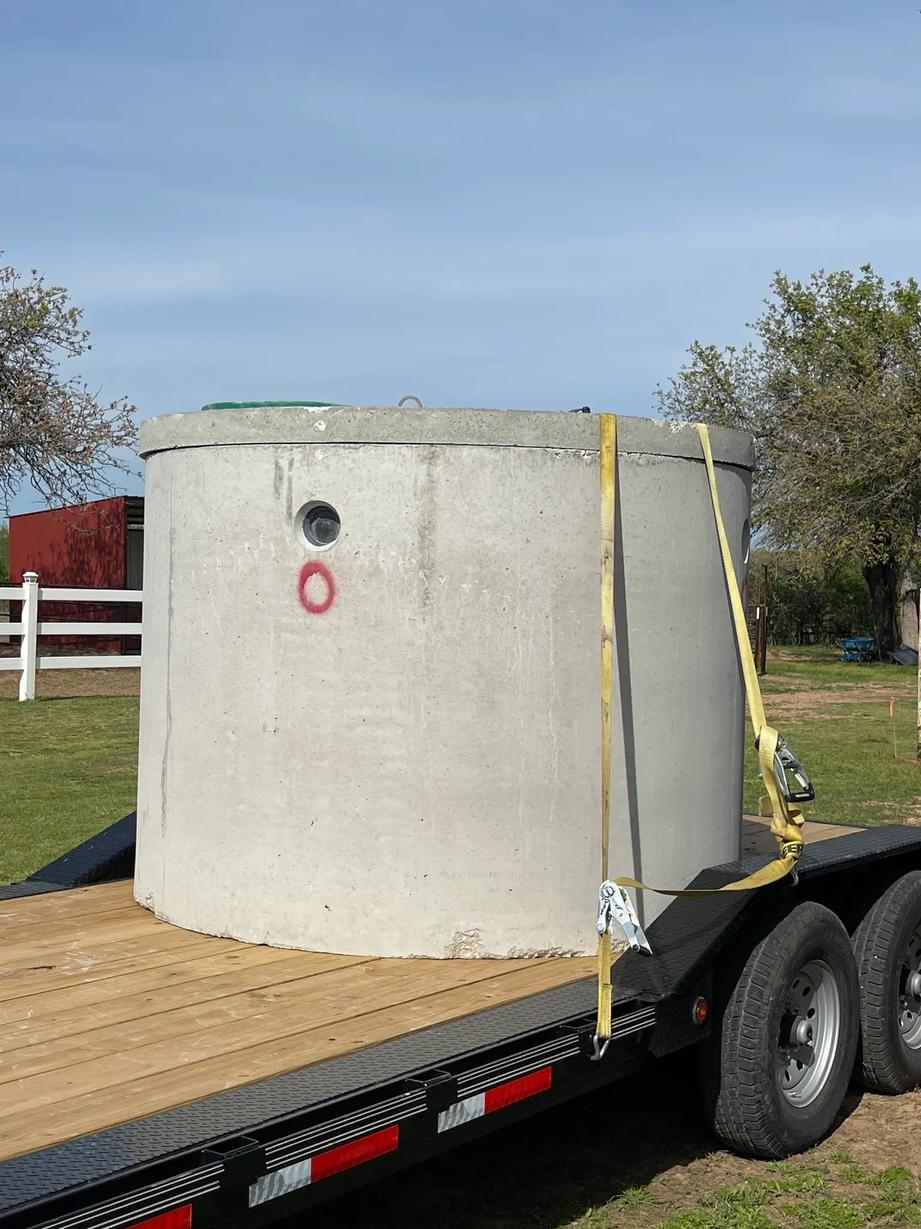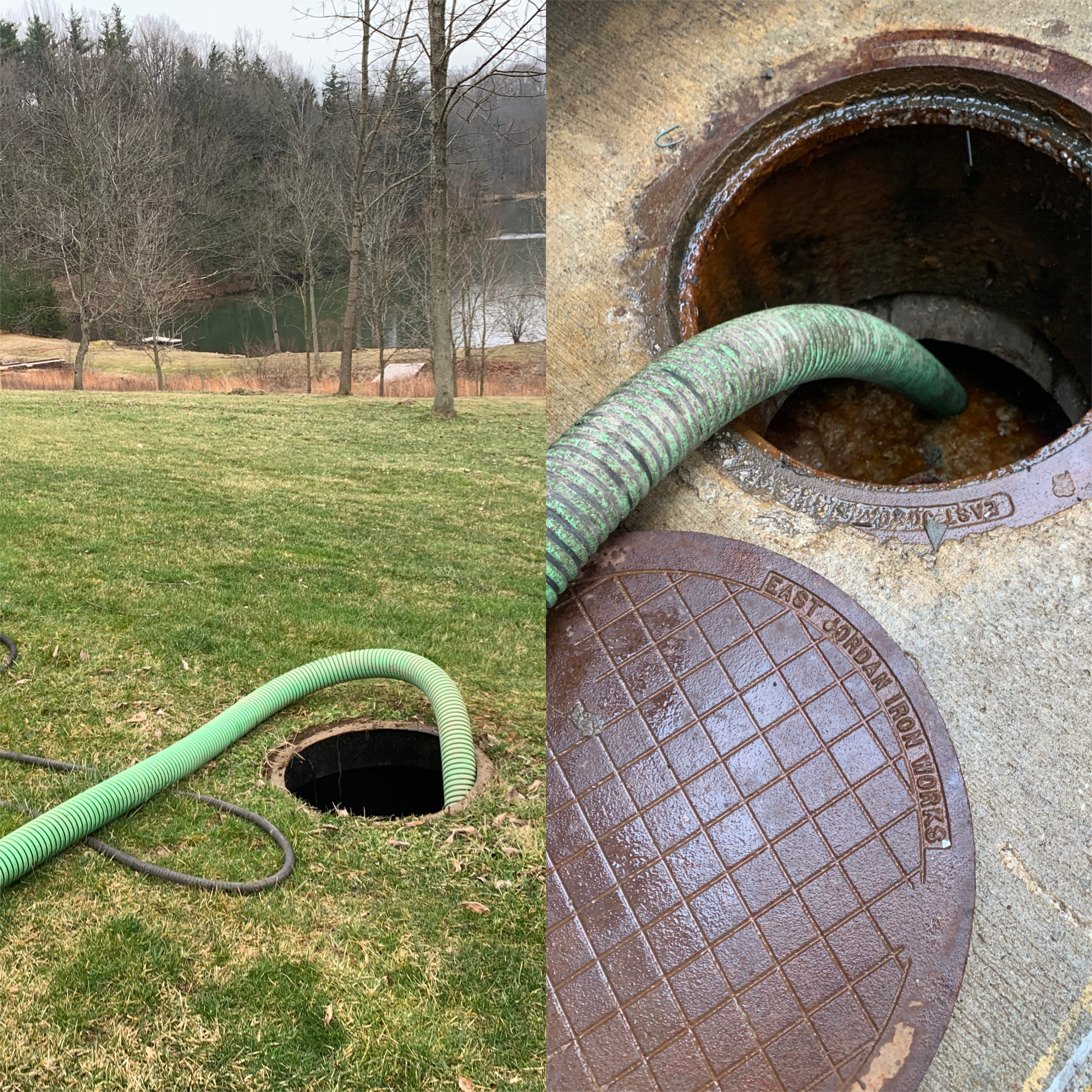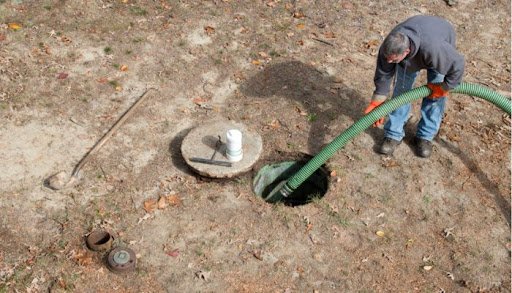Stillwell Septic And Grading Fundamentals Explained
Stillwell Septic And Grading Fundamentals Explained
Blog Article
Top Guidelines Of Stillwell Septic And Grading
Table of ContentsStillwell Septic And Grading - The FactsNot known Details About Stillwell Septic And Grading How Stillwell Septic And Grading can Save You Time, Stress, and Money.What Does Stillwell Septic And Grading Mean?Not known Details About Stillwell Septic And Grading The Ultimate Guide To Stillwell Septic And Grading
Repair dripping taps and pipes fixtures. https://www.awwwards.com/stillwellsag/. A leaking bathroom can lose numerous gallons of water a day. Take shorter showers. Strive for much less than 5 and do the shower jive. Take baths with a partially-filled tub and do not leave the faucet running when doing various other jobs. Clean just full loads of dishes and laundry.
Little Known Facts About Stillwell Septic And Grading.
Avoid shedding heaps of leaves or branches over the drainfield, as the warmth could damage the plastic pipelines below. Restriction the enhancement of topsoil or compost to no even more than 2 to 3 inches over the drainfield. Setpic System Repairs. A good guideline for landscape design over drainfields is to use shallow-rooted plants that do not need added topsoil to flourish
Lawn is the most effective cover. Avoid trees, bushes, and water-loving plants with deep origins. Turfs, blended wildflowers, and ground covers with superficial origins are good options. Plant trees and bushes at the very least 30 feet away from your septic storage tank and drainfield to maintain origins from obtaining into and breaking or obstructing the drainfield pipelines.
A septic system failure causes unattended sewer to be launched and carried to where it ought to not be. This might create sewage to come to the surface of the ground around the container or the drainfield or to back up in pipelines in the building.
Stillwell Septic And Grading Things To Know Before You Get This
Most of the times, the person that falls in goes out without serious injury. But a youngster's awful fatality is a pointer to examine your septic tank for damaged or missing covers. Proprietors of septic systems are in charge of guaranteeing the systems are secure and function effectively, consisting of having a protected cover on the tanks
Regularly inspect the condition of the covers for threats or issues. Maintain the covers protected by fixing or changing all harmed or missing components. Use screws, screws, or various other locks to secure the lids and stop very easy accessibility. Never ever drive or park cars in addition to septic tanks- it can harm or dislodge the cover.
Some Ideas on Stillwell Septic And Grading You Need To Know
Ensure the lids are safeguarded after functioning on your septic tank. Show kids that the septic storage tank lids are not to be played on or opened up. Have septic systems that are no more in operation properly deactivated. For various other basic risk-free practices around septic tanks please testimonial the Septics 201 Do It Yourself Program Septic Safety And Security Tips.
Noting the degrees will certainly help determine if there is a potential concern with the system. Then, the tank will be completely pumped down, getting rid of all of the fluid and strong waste. Once the container is totally pumped, the inlet and electrical outlet tees of the will certainly be inspected to guarantee they are still intact and functioning appropriately
The Basic Principles Of Stillwell Septic And Grading
If you are home at the time of solution (totally not needed if that's not your point) you might be asked to flush your commodes to guarantee every little thing is flowing appropriately. As soon as the solution is complete, the septic system will be covered as it was when we showed up! Specialists advise having your system pumped every 3 to 5 years yet several elements must be considered when choosing exactly how usually your sewage-disposal tank needs to be serviced.

If you are experiencing smells in your house, offer us a call. This could be a sign of an upcoming septic back up! Perhaps. If your septic has actually not been serviced in even more than 6 months, we would certainly wish to service the septic first. If the trouble continues, a drain cleaner will after that be sent to remove the line to the septic system.
The smart Trick of Stillwell Septic And Grading That Nobody is Discussing

If the ponding is focused over the leach area that could suggest a leach line is blocked with Bio-Mat and requires to be fixed or replaced. The majority of sewage-disposal tanks have two to 3 covers; one over the inlet side of the septic system (where the water from your home gets in the container), one in the center of the storage tank, and one on the electrical outlet side of the tank (where the liquid from the storage tank leaves to your leach field).
Sliced up food bits do not damage down in the sewage-disposal tank and can make their method out right into your leach area lines causing blockages. Waste disposal unit, even those marked septic risk-free, are not taken into consideration useful for your septic system. Appropriate functioning degree is where the water degree in your container meets the find here outlet tee of the storage tank.
Report this page